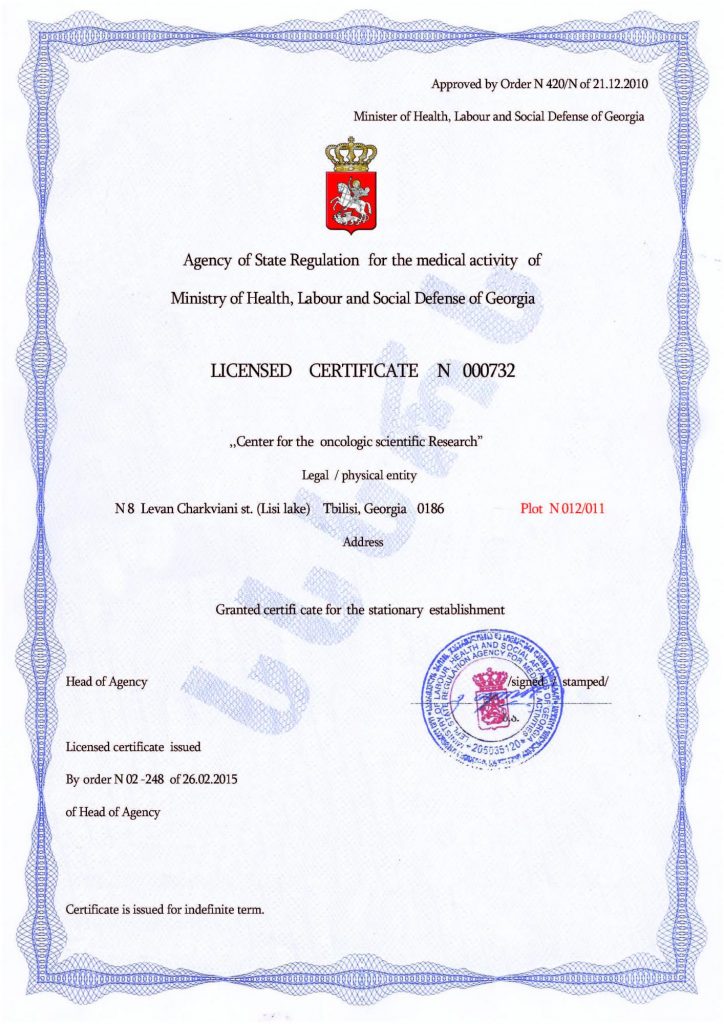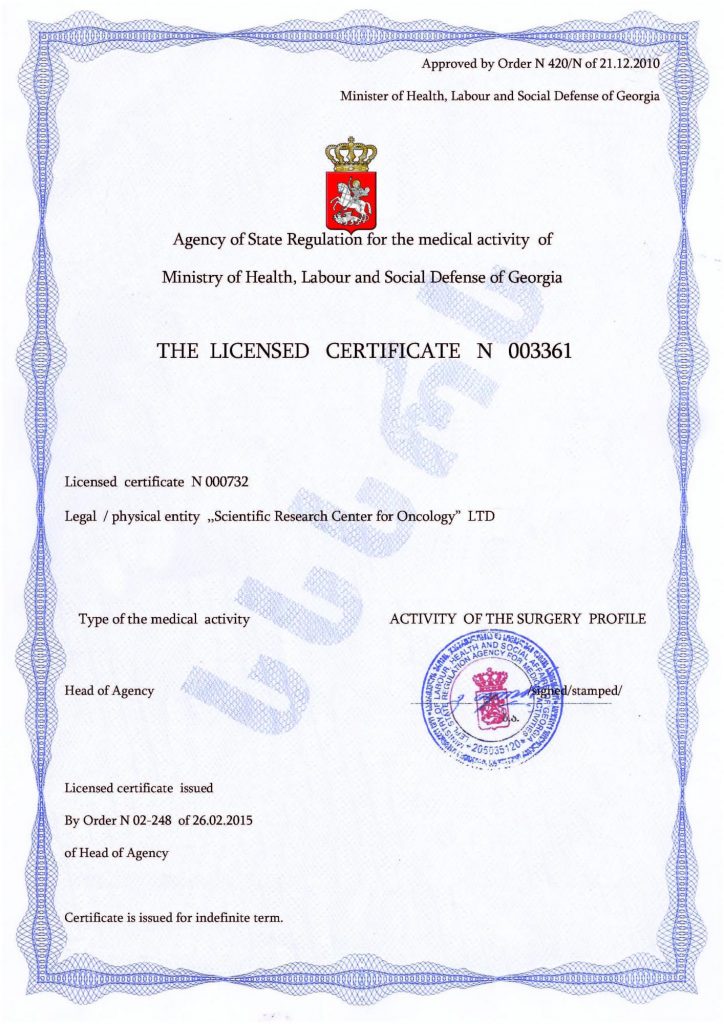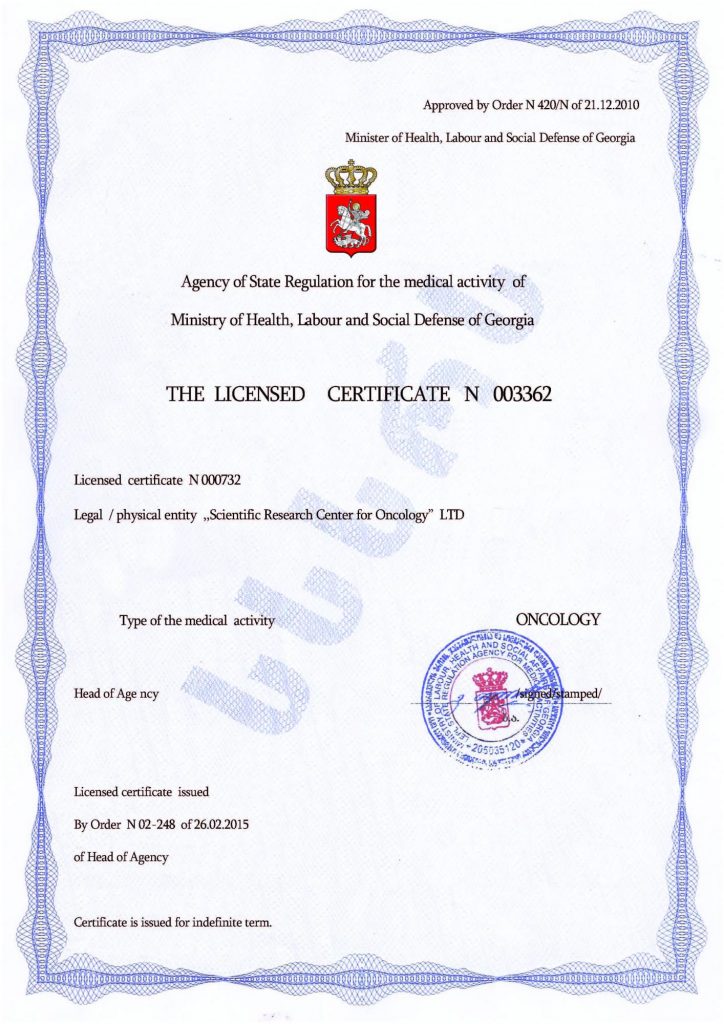How to Potty Train a Child with Autism?
Many parents are unsure when to start teaching their child to use the potty or toilet independently. Typically, children are ready for this skill between 18 and 24 months. However, for some autistic children, this timeframe may be too early, and they may need more time. It is essential to help them, as developing self-care skills for children with autism spectrum disorders can be a significant achievement that greatly impacts their self-esteem.
As with many other learning processes, potty training a child with autism requires a structured, gradual, and step-by-step approach.
Planning Phase
Everything starts with preparation. You will need:
- A potty chair
- A sand timer
- Plenty of wet wipes and tissues
- A reward container filled with the child’s favorite treats, toys, stickers, or anything they enjoy
- A separate basket with toys, books, and other items to keep the child engaged while sitting on the potty
- Visual guides showing the steps of the process, as many autistic children understand visual instructions better than verbal ones. However, verbal explanations should still be included—just kept as simple and clear as possible.
Training Process
- As the child becomes more familiar with the process, gradually reduce physical and verbal prompts.
- Parents’ calmness and positive attitude are crucial for success since autistic children may struggle with understanding new situations and emotional reactions.
- The final stage should include handwashing training. It is best to introduce this step separately to avoid overwhelming the child with too much information at once. The process should be clearly structured:
-
- Turn on the faucet.
- Apply soap.
- Rub hands together with soap.
- Rinse with water.
- Turn off the faucet.
- Dry hands.
Additional Support: Stem Cell Therapy
Neurotypical children also take time to grasp potty training, but for autistic children, the process can be particularly challenging. One way to ease this challenge is by addressing the root cause—autism and its symptoms.
Stem cell therapy is an innovative procedure that can help alleviate or even eliminate autism symptoms. This method involves transplanting stem cells, which have the unique ability to transform into any other type of cell. If there are damaged areas in the body, stem cells replace them with healthy counterparts, allowing the brain and nervous system to function as nature intended. This natural correction is safe, highly effective, and provides rapid, long-lasting results, enhancing the effectiveness of other therapeutic approaches.
Stem cell therapy has gained global recognition and is now considered a leading approach to autism treatment. It is offered by top medical centers, including the Mardaleishvili Medical Center. This facility employs highly qualified specialists with extensive successful experience and uses cutting-edge equipment, ensuring optimal treatment outcomes. Additionally, the center provides cost-effective treatment compared to other countries and offers assistance with travel arrangements and accommodations.
Take Advantage of Stem Cell Therapy – and Many Challenges Will Be Solved!
Autism Treatment Center Videos
Autism treatment with own stem cells
Cord blood association congress
International Quality Crown
Autism Treatment Reviews
Autism treatment with own stem cells
The story of Alessandro (6 years old)
Autism Patient Testimonial - Stem Cell Treatment
Clients Testimonials

Feedback from Igor, David’s father (12 years old) Read More

Feedback from Olga, Fedya’s mother Read More

Feedback from Natalia, Radomir’s mother (15 years old) Read More
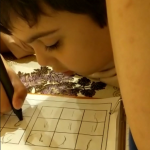
Feedback from Esther, Samuel’s mother (8 years old) Read More
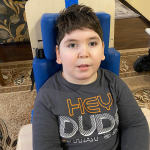
Feedback from Abibe, Selim’s mother (7 years old) Read More









